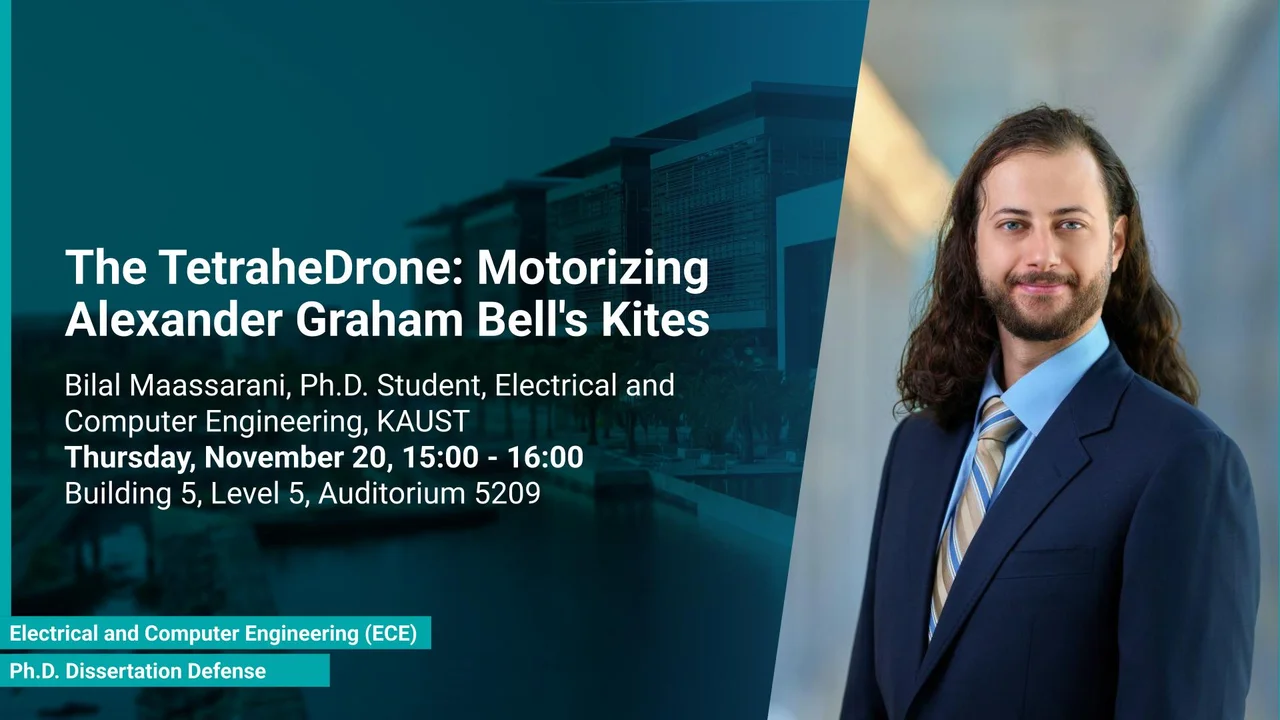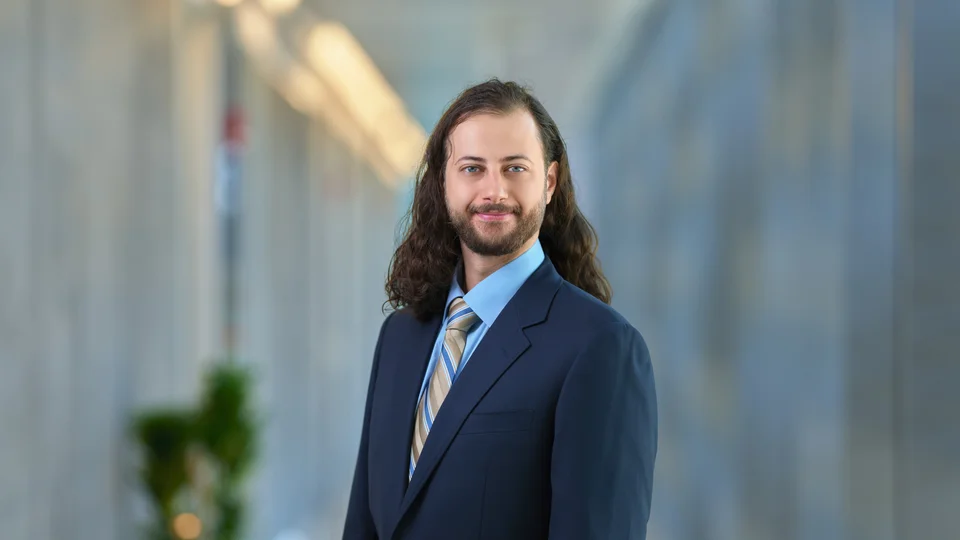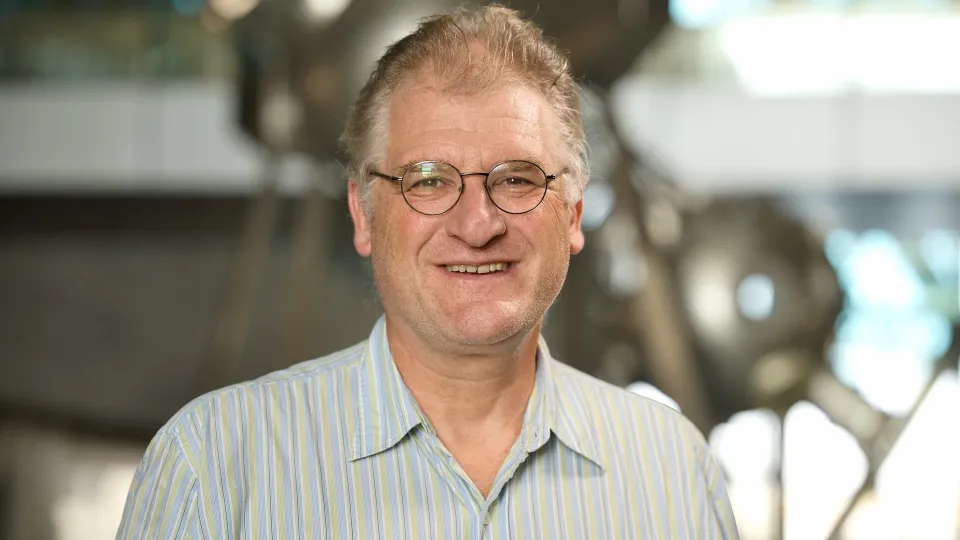
The TetraheDrone: Motorizing Alexander Graham Bell's Kites
This thesis introduces a scalable and robust modular VTOL system (TetraheDrone), validated through flight experiments, that leverages a recursive tetrahedral architecture and a unified control methodology to achieve stable, efficient hybrid flight for single and multi-module assemblages.
Overview
Modular aerial robotic systems offer adaptability, configurability, scalability, and reliability, with practical advantages in manufacture, maintenance, storage, transport, and regulation. The TetraheDrone is a structured modular vertical takeoff and landing (VTOL) unmanned aerial system built on a recursive tetrahedral architecture inspired by the Sierpinski tetrahedron and Alexander Graham Bell's tetrahedral kites. Its elementary module is a tri-wing tetrahedral tailsitter without control surfaces that performs hybrid flight, transitioning between hover and fixed-wing cruise. The architecture scales from one module to large structured assemblages while preserving geometric similarity, aerodynamic efficiency, and controllability. A unified control methodology maps any assemblage's actuation onto eight abstract signals derived from a tetrahedral decomposition, enabling intuitive flight control, scalable autonomy, and the use of redundant avionics distributed across modules. Theoretical modeling, simulation, and flight experiments confirm stable hover, repeatable transitions, precise fixed-wing cruise, and hybrid missions with multi-module vehicles. These results establish a scalable foundation for structured modular VTOL design and point to reconfigurable assemblages that retain efficiency, robustness, and ease of deployment.
Presenters
Brief Biography
Bilal Maassarani is a Ph.D. candidate in Electrical and Computer Engineering at King Abdullah University of Science and Technology (KAUST). He holds a B.S. in Mechatronics Engineering (2014) and an M.S. in Electrical Engineering (2017) from the University of Waterloo. His bachelor’s program included six co-op internships in roles spanning verification engineering, computational research, ASIC verification, hardware design, and radio modeling at companies including IDT, Natural Resources Canada, Ciena, General Motors, BlackBerry, and Broadcom. After completing his master’s degree, he worked as an FPGA developer at Ericsson.
Bilal joined KAUST initially under the supervision of Prof. Jeff Shamma and is currently advised by Prof. Eric Feron. His research focuses on mechatronic systems, particularly taking engineering problems from concept to functional prototypes. During his master’s studies he developed a dynamic check-weighing machine, and his Ph.D. work centers on the design and control of a novel hybrid-flight-mode unmanned aerial system.
Alongside his academic work, Bilal has contributed to several early-stage start-ups involving smart luggage, agricultural automation, and palm-tree-harvesting tools.

